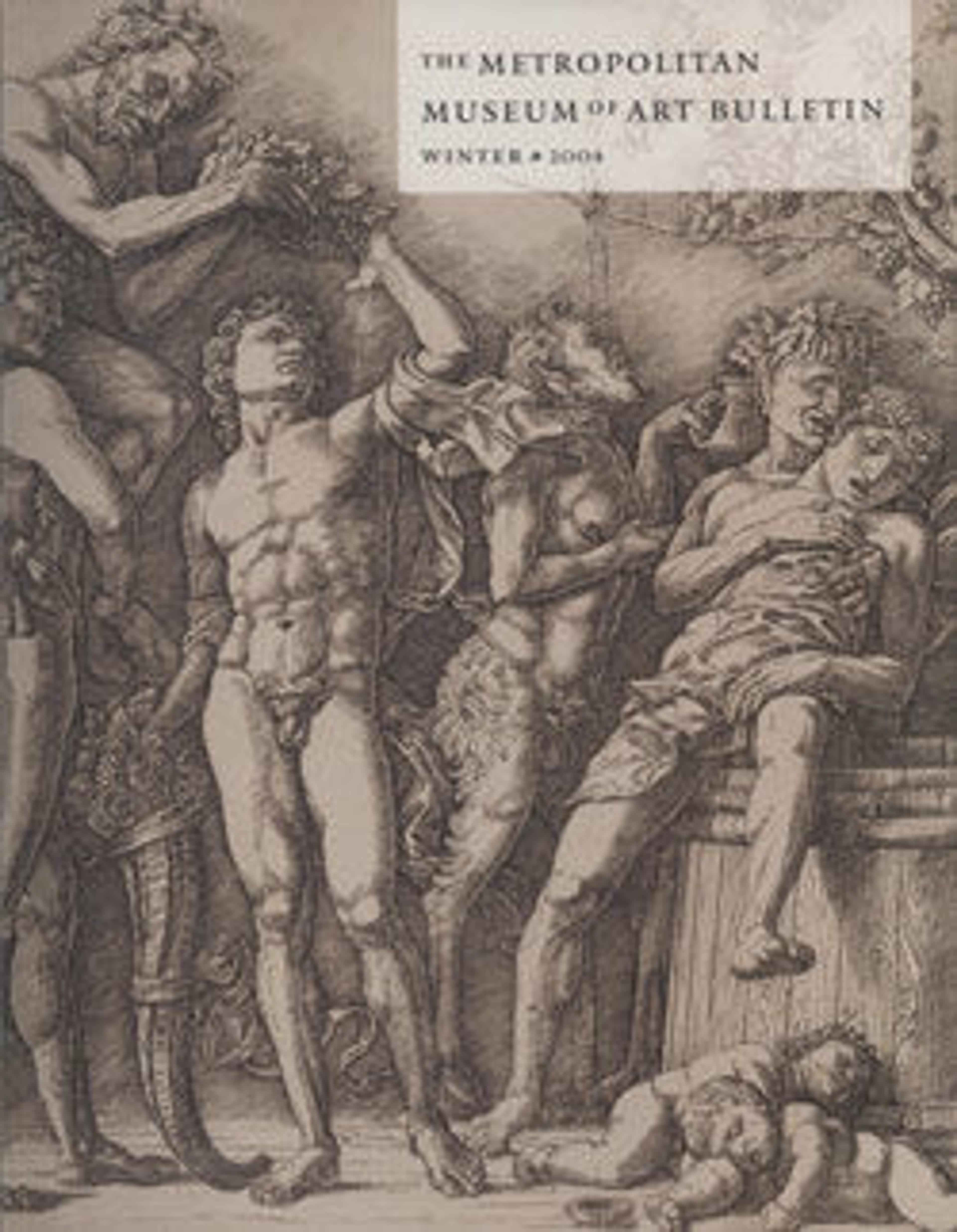Orpheus seated playing his lyre, and charming the animals
The earliest known Italian engravings are niello prints. The design was taken from a small, incised silver plaque the engraved lines of which were filled with a dark, enamel-like substance that when pressed in to the paper produced the image. The plaques decorated household and liturgical objects. Originally used by goldsmiths to check work in progress, the prints soon became valued in their own right. Peregrino engraved metal plates in the same style and scale as the niello plaques specifically to create printed images.
Artwork Details
- Title:Orpheus seated playing his lyre, and charming the animals
- Artist:Peregrino da Cesena (Italian, active Bologna, ca. 1490–ca. 1520)
- Date:ca. 1500–20
- Medium:Niello print (in the manner of nielli)
- Dimensions:Plate: 2 1/16 x 1 3/16 in. (5.2 x 3 cm)
- Classification:Prints
- Credit Line:Harris Brisbane Dick Fund, 1928
- Object Number:28.97.99
- Curatorial Department: Drawings and Prints
More Artwork
Research Resources
The Met provides unparalleled resources for research and welcomes an international community of students and scholars. The Met's Open Access API is where creators and researchers can connect to the The Met collection. Open Access data and public domain images are available for unrestricted commercial and noncommercial use without permission or fee.
To request images under copyright and other restrictions, please use this Image Request form.
Feedback
We continue to research and examine historical and cultural context for objects in The Met collection. If you have comments or questions about this object record, please contact us using the form below. The Museum looks forward to receiving your comments.
